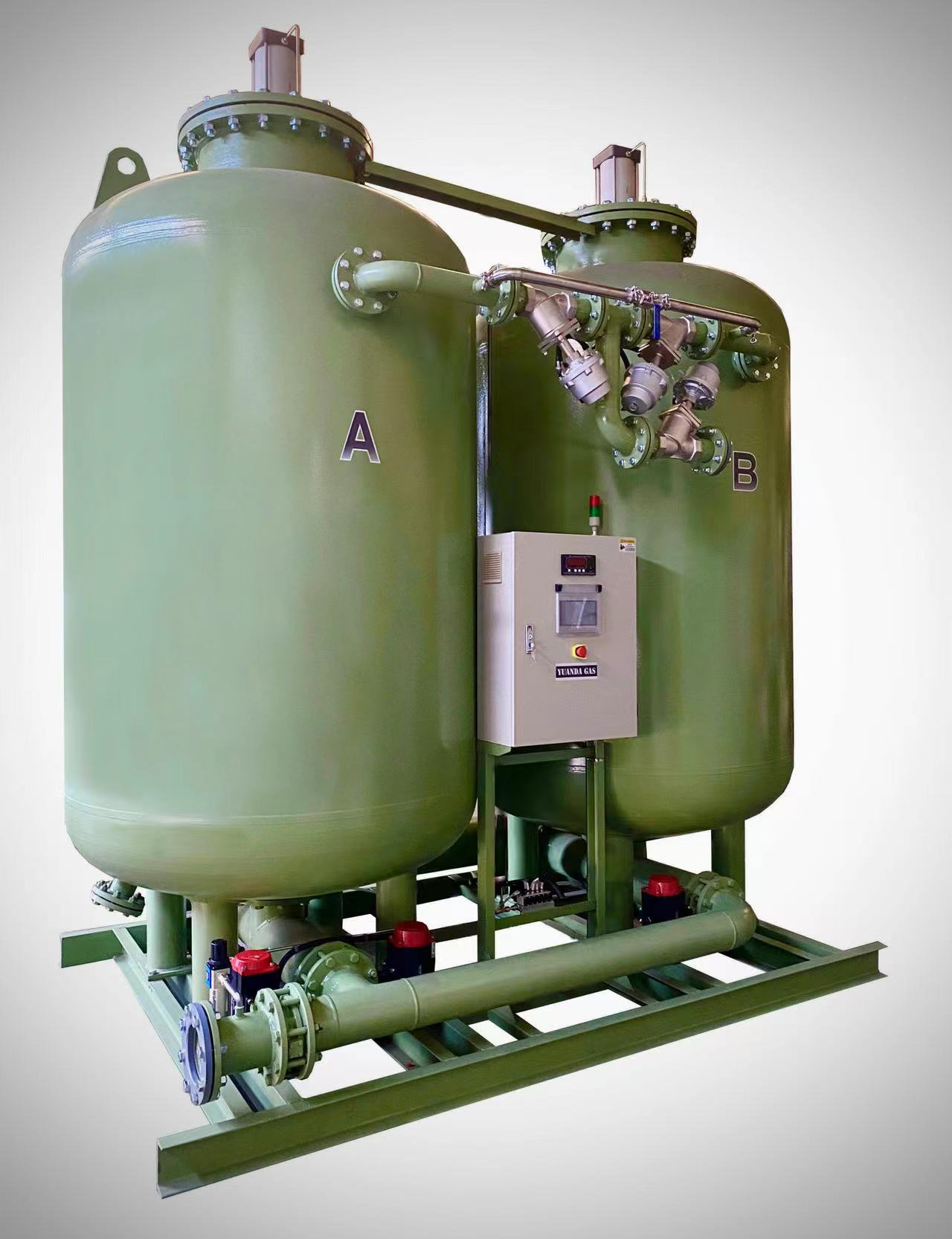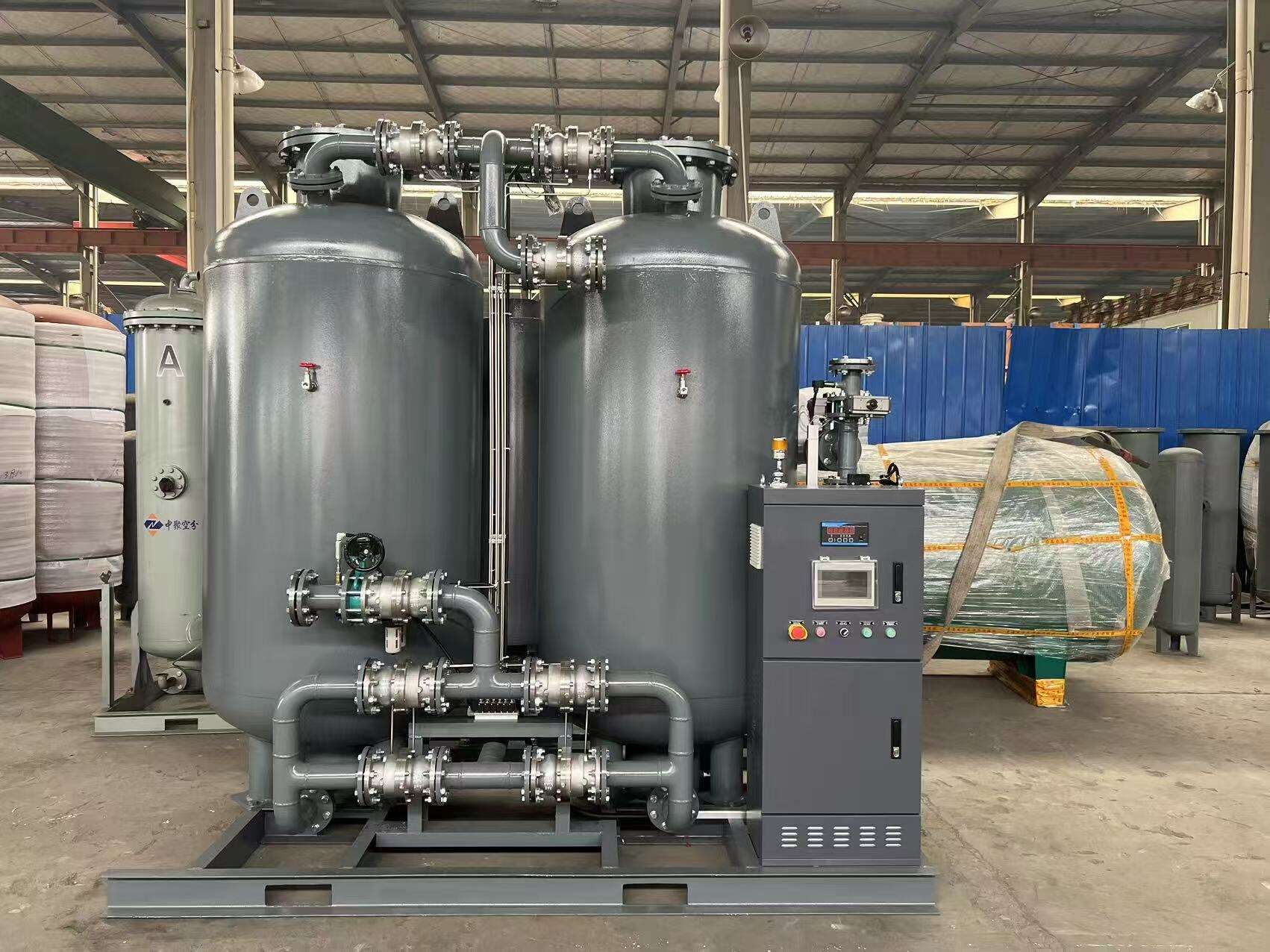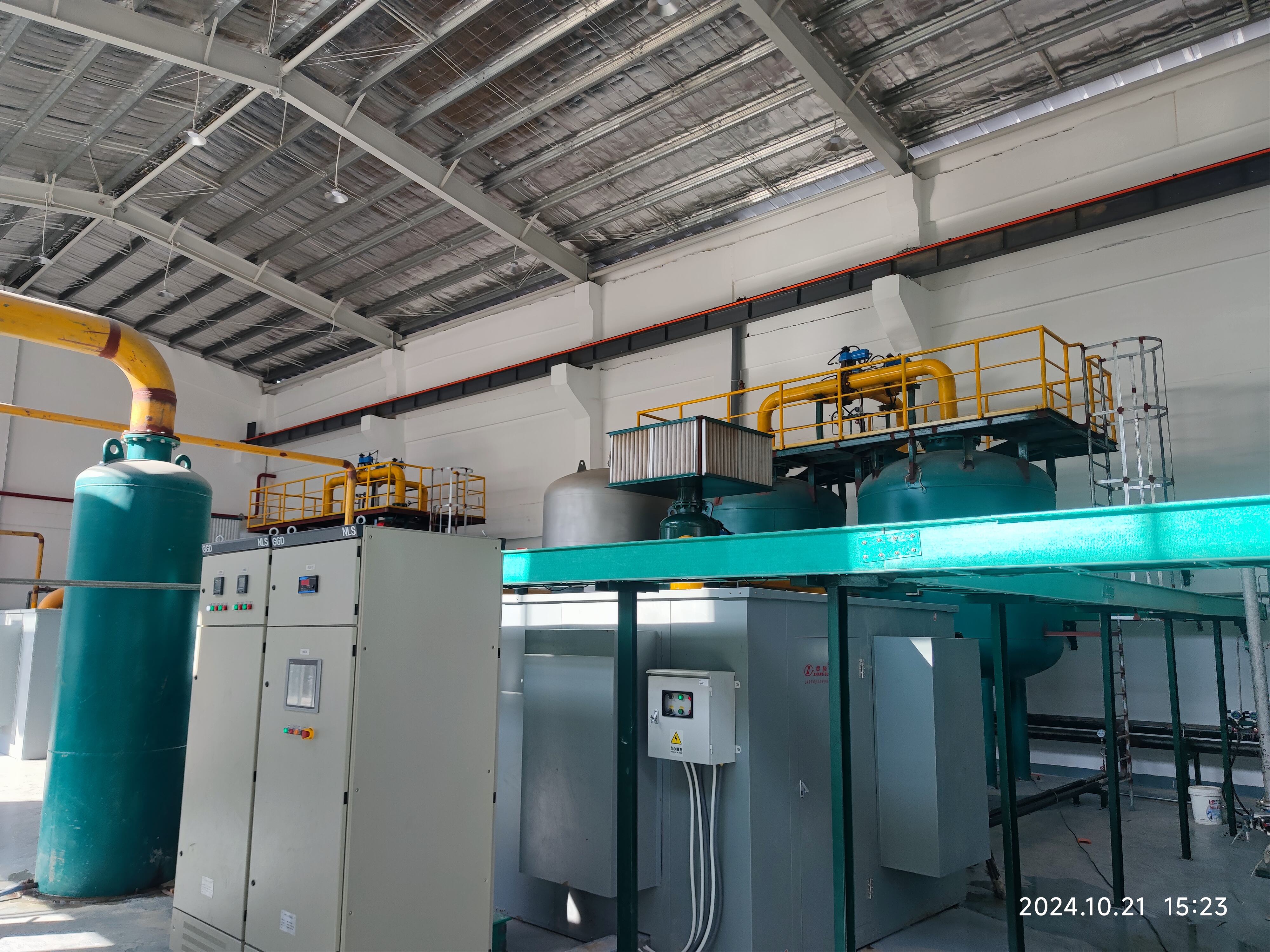ການເຊື່ອມໂຍງລະບົບຄວບຄຸມທີ່ກ້າວ ຫນ້າ
(factory PSA ໄອກຊີເນມີລະບົບຄວບຄຸມທີ່ສັດສະດັງຄວາມປະສົບປະສານຂອງເทັກນໂລໂຈຍິກໃນການຜົນิตກ๊າດສິ້ນຄ້າ. ລະບົບນີ້ມີເຊື້ອເຊື້ອທີ່ຫຼາຍແລະອຸປະກອນຕິດຕາມທີ່ຕິດຕາມຄວາມສຳຄັນທີ່ສຳຄັນ, ກຳລັງ, ອັດຕາການພົວ, ແລະອຸນຫະພູມຂອງລະບົບ. ອິນເຕີເລກຄວບຄຸມສະແດງຜົນໄດ້ທີ່ເປັນຈົນທີ່ຈົນ, ແລະມີຄວາມສາມາດໃນການຕິດຕາມຫ່າງไกล, ເພື່ອໃຫ້ຜູ້ປະຕິບັດສາມາດປະຕິບັດຄວາມສຳເລັດຈາກທຸກທີ່. ລະບົບນີ້ຈຶ່ງແກ້ໄຂຄວາມສຳເລັດອัດຕາການປະຕິບັດເພື່ອຮັກສາຄວາມສຳເລັດທີ່ສູງທີ່ສຸດ, ເຖິງຈະມີຄວາມຕ້ອງການທີ່ແປງແປງ. ລະບົບຄວບຄຸມຍັງມີພື້ນຖານຄວາມປຶກສາທີ່ສັງຄານຄວາມປະຕິບັດແລະເຕືອນຜູ້ປະຕິບັດກ່ຽວກັບຄວາມຫຼຸດລົງທີ່ສາມາດສີ້ແຫຼງການຜົນิต.


